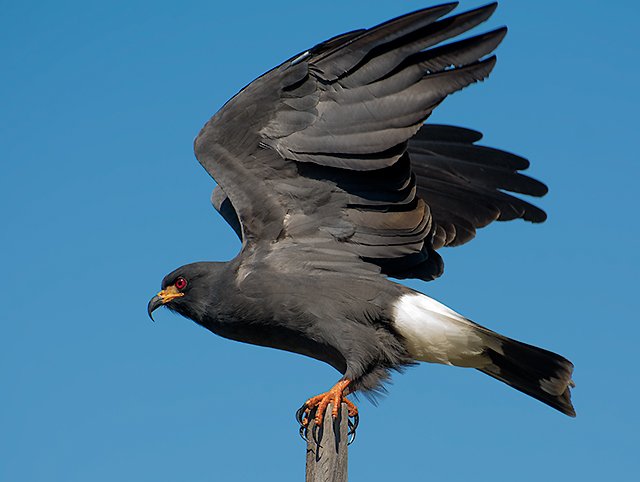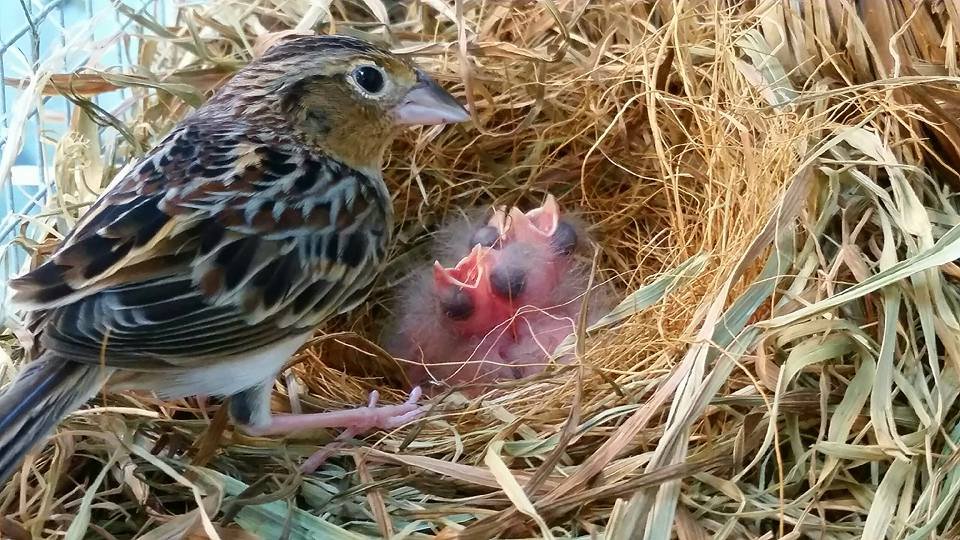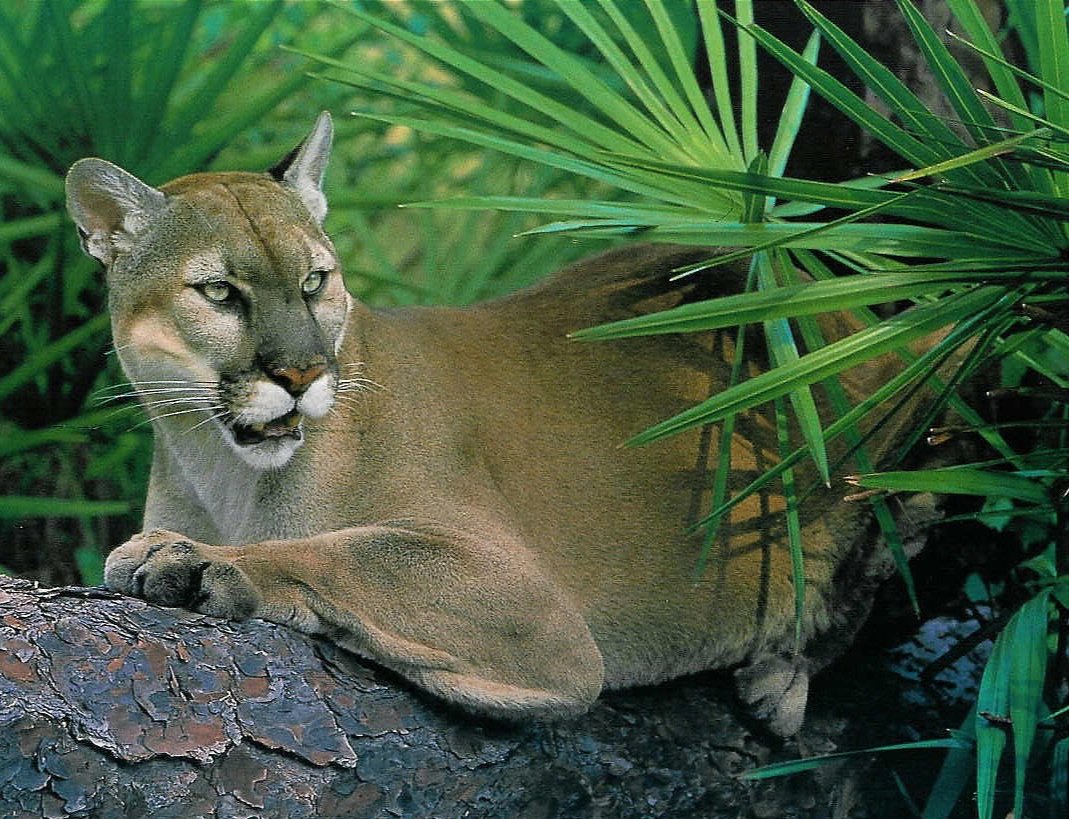
Freshwater Marshes
A freshwater marsh is a type of wetland ecosystem characterized by the presence of standing water and emergent vegetation, such as reeds, sedges, and grasses. Freshwater marshes can be found in many parts of Florida, including the Everglades and the Kissimmee River Basin.
The water in freshwater marshes is usually shallow and slow-moving, and the soil is often saturated with water. This creates a unique habitat that supports a diverse community of plants and animals. The emergent vegetation provides cover and nesting sites for a variety of birds, such as herons, egrets, and rails. The vegetation also provides food and habitat for insects, amphibians, reptiles, and mammals.
One important function of freshwater marshes is their ability to filter and clean water. As water flows through the marsh, plants and other organisms remove nutrients and pollutants from the water, improving its quality. Freshwater marshes also act as natural flood control systems, absorbing and slowing down floodwaters during heavy rains and storms.
Freshwater marshes can be found in many different types of landscapes, from coastal regions to inland areas. They are an important and valuable ecosystem that provides many benefits to both humans and wildlife. However, freshwater marshes are also threatened by habitat loss, water pollution, and other human activities. Conservation efforts are important to protect and preserve these important wetlands.
Types of Vegetation
Florida freshwater marshes exhibit a rich variety of vegetation, which can be divided into different zones based on water depth and soil conditions. Emergent, Submerged, and Floating Vegetation are just some examples of the diverse vegetation found in Florida freshwater marshes. The specific composition and distribution of plant species can vary depending on factors such as water depth, nutrient availability, and disturbance levels within the marsh ecosystem.
Emergent Vegetation
Emergent plants are the most prominent feature of Florida freshwater marshes. They grow in shallow water or on moist soils and have stems and leaves that extend above the water's surface. Common emergent plant species include:
Sawgrass (Cladium jamaicense): This iconic plant dominates large areas of Florida marshes. It has tall, razor-sharp leaves and forms dense stands.
Cattails (Typha spp.): Cattails are recognizable by their tall, cylindrical flowering spikes and strap-like leaves. They often form dense colonies along marsh edges.
Bulrushes (Schoenoplectus spp.): Bulrushes have slender, round stems and narrow leaves. They grow in dense stands and provide important habitat for wildlife.
Maidencane (Panicum hemitomon): Maidencane is a tall grass with long, narrow leaves that grow in dense clusters. It is often found in slightly deeper water.
Submerged Vegetation
Submerged plants are rooted in the marsh bottom and their leaves and stems remain underwater. They play a vital role in providing oxygen, food, and shelter for aquatic organisms. Common submerged plant species include:
Vallisneria (Vallisneria americana): Also known as eelgrass, Vallisneria has long, ribbon-like leaves that grow in dense underwater meadows.
Waterweed (Elodea spp.): Waterweed consists of delicate, branching stems with whorls of narrow leaves. It provides cover for small fish and invertebrates.
Waterlilies (Nymphaea spp.): Waterlilies have large, round leaves and showy flowers. They float on the water surface and create shady habitats for fish and other organisms.
Floating Vegetation
Floating plants are free-floating or rooted but not attached to the soil. They often form dense mats on the water's surface, providing shade and habitat for various creatures. Common floating plant species include:
Water hyacinth (Eichhornia crassipes): Water hyacinth has attractive lavender flowers and thick, inflated leaves that float on the water. It is an invasive species in Florida. Water hyacinth is not recommended by UF/IFAS. It is a prohibited plant according to the FDACS Florida Noxious Weed Index and the Florida Prohibited Aquatic Plants List and therefore, illegal to possess. The UF/IFAS Assessment lists water hyacinth as prohibited and it is listed by FLEPPC as a Category l invasive species due to its ability to invade and displace native plant communities.
Water Lily (Nymphaea spp.): Native water lilies in Florida include the fragrant water lily (Nymphaea odorata) and the yellow water lily (Nuphar lutea). These plants have large, round leaves that float on the water's surface and showy flowers that range in color from white to yellow.
Duckweed (Lemna spp.): Duckweed is a small, free-floating plant that forms dense mats on the water's surface. Native species of duckweed found in Florida include Lemna minor and Lemna trisulca. They have small, oval-shaped leaves and play an important role in providing cover and food for aquatic organisms.
Water Shield (Brasenia schreberi): Water shield is a native floating plant with heart-shaped leaves that float on the water's surface. It has small, inconspicuous flowers and can form large mats in shallow water. It provides habitat for various aquatic organisms and helps maintain water quality.
Floating Hearts (Nymphoides spp.): Native species of floating hearts found in Florida include the white floating heart (Nymphoides aquatica) and the yellow floating heart (Nymphoides cordata). These plants have floating leaves shaped like hearts and produce small, yellow or white flowers.
Water lettuce (Pistia stratiotes): Water lettuce consists of rosettes of light green, velvety leaves that float on the water surface. It can form dense mats. Water Lettuce is also invasive and prohibited.
Endangered Species Living in Freshwater Marshes
West Indian Manatee
Eastern Indigo Snake
Snail Kite
Wood Stork
Florida Torreya
(Torreya taxifolia)
Florida Grasshopper Sparrow
Florida Panther
Carter's Small-Flowered Flax (Linum carteri var. carteri)
Florida Ziziphus
(Ziziphus celata)
American Crocodile
Red-cockaded Woodpecker
Smalltooth Sawfish

















